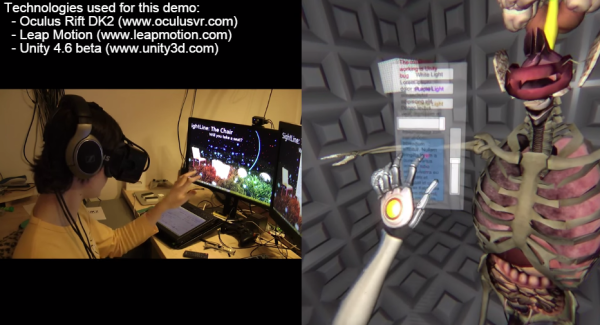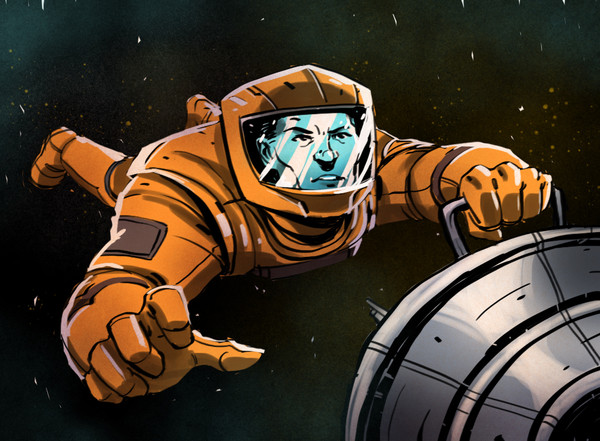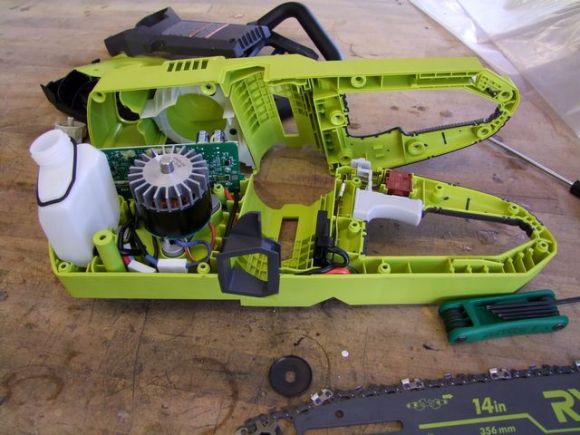Personnel Transfer Vehicle HM-6YK was thirty two hours out of Ganymede station en route to Amalthea when the alarm went off. Captain Peter Cole was awake in a bunk, staring at his tablet, waiting for the alarm when Bill Friars, the rookie pilot came down. ‘Hey, cap! We got a problem here.”Wha?’ Pete feigned he was just awoken. ‘What’s up?’
‘Our terminal guidance radar is out, and we’re less than three hours from approach. I reset the system, and it’s looking like a hardware problem.’
‘That’s impossible. We were just checked out on Callisto a month ago.’ Pete headed up to the flight deck and minutes later the subordinate’s assessment proved correct.
‘Coulda been a meteor.’ Bill sheepishly suggested, displaying the requisite amount of self-doubt required of his rank.
‘If it was that we’d have more problems on our hand than a broken radar. We’re gonna need this fixed quick. Suit up; I’ll go dig the spare out of the locker.’
6YK was a small ship, barely three hundred tons. Her nuclear drives propelled her around the Jovian system, usually transporting cargo between the far-flung outposts around the inner moons. This trip, she was carrying twenty three researchers to the Lyctos base, retrieving 5 tons of cargo, six pax, then heading off again to Ganymede station. The entire trip would take 52 hours. This was Bill’s first run.
‘Just get out there and replace this module.’ Pete had eight thousand hours logged in the system, and three thousand on this run alone. Bill had done his EVA training at Deimos station, but for both men the sight of the swirling ivory, reds, and subtle blues of the crescent Jupiter invoked the fear of an ancient and angry god. For Bill, knowing he was only protected from the radiation by his hard suit and the improbably thin beryllium glass visor, this god became even more frightening.
The stubby, box-like ship glistened with octathiocane picked up around Io’s orbit. The radio crackled ‘Lotta dust out here, Pete.’ Bill slowly made his way to the radar assembly, latching carabineers from handgrip to handgrip. ‘Looks like it’s just gone’ Bill looked at the familiar antenna mount. ‘Metal fatigue or something.’
‘I don’t care what happened.’ The insertion burn was just two hours away, and their target was approaching at seventy kilometers per second. ‘Just get it fixed.’
Bill removed the remaining sliver of metal from the base and tossed it aside. The new feed horn fit comfortably in its socket. If nothing else, these ships were easily repairable. ‘We have guidance.’ The radio cackled. ‘Why don’t you get back in here?’ Bill reversed his steps around the ship.
As the airlock repressurized, the engines started their long burn for capture. ‘Good work, kid.’ This was the first indication of approval the captain had given since leaving the station. Helmet and gloves off, Bill struggled to unlatch the polycarb hard suit.
Bill reached into the locker and pulled out the t shirt he’d been wearing on the bridge just an hour ago. The gold logo was nearly the same color as the octathiocane dusty dirtying the airlock.







 [Tweepy] flies unpowered aircraft, and he’d like to use the XCSoar flight computer app for gliders, sailplanes, and paragliders, but couldn’t find any hardware. XCSoar is an amazing app that can keep track of terrain, route, thermals, and a whole bunch of other variables that make flying more enjoyable, but running it on a device useful for a hang glider pilot is a challenge.
[Tweepy] flies unpowered aircraft, and he’d like to use the XCSoar flight computer app for gliders, sailplanes, and paragliders, but couldn’t find any hardware. XCSoar is an amazing app that can keep track of terrain, route, thermals, and a whole bunch of other variables that make flying more enjoyable, but running it on a device useful for a hang glider pilot is a challenge.









